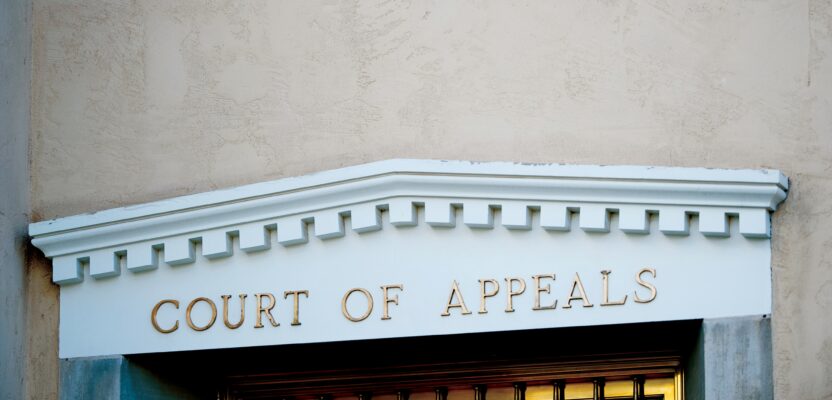Why should we care about appellate court opinions? I have had this question posed to me on numerous occasions. I suppose it has its roots in the old surveyor’s saw: “We don’t need to read court decisions, because you can never know what the judge is going to do.” While this may have a grain of truth at the trial court level, once a case goes up on appeal it is a different story.
A very simplistic outline of an appellate court opinion looks something like this: There is a controversy that finds its way into a court; at trial the plaintiff and the defendant present their respective cases; evidence is proffered and the judge decides what evidence is admissible; at the close of the trial, the judge turns the evidence over to the jury to determine the facts (i.e., the jury is the “trier of the facts”); the judge then tells the jury the law to apply to the facts; the jury deliberates and comes back with a verdict and there is a judgment; one party (or both) is unhappy with the decision and an appeal is made; the appellate court reviews the facts that were determined at trial and the law applied to those facts; sometimes, but not always, the appellate court writes an opinion about the law that was applied to the given facts. It can get much more complicated, but that is a basic outline.
In a boundary dispute case or maybe a negligence case against a surveyor, the same general process will be followed. Here’s the grain of truth: Nobody knows what is going to be decided at the trial court level. It can be anything from the ridiculous to the sublime.
However, once a decision is made and the case goes to the court of appeals, the law determined at trial will be tested against the given facts by a panel of judges with clerks who have research resources. It might be tested further with an appeal to the state supreme court. At the trial court level, the judge generally puts the legal research responsibility on the attorneys, to submit briefs and argue the correct law of the case.
Occasionally a trial judge may write an opinion or do some legal research, but that is an exception not the rule. The point is, appellate court opinions are based on decided facts and the law tested against those facts.
Does this mean that all appellate court opinions are good opinions? In other words, a correct articulation of the law based on the facts? No, but it is the best system we have for determining what legally correct practice looks like. For instance, from a recent case we covered in my newsletter we find the following:
“The location of a boundary line by a common grantor is binding upon the grantees and their successors in interest, who take with reference thereto. …Where questions arise concerning the true boundaries among a plat’s component parcels, the question to be answered is not where new and modern survey methods will place the boundaries, but where did the original surveyor locate them. … The main purpose of a retracement survey is to rediscover the boundaries according to the plat upon the best evidence obtainable and to retrace the boundary lines originally laid. … In interpreting a deed, it is the real intention of the parties, to be gathered from the writing, if possible, but, when necessary, by resort to the circumstances surrounding the entire transaction, that must control. … [and] If the description of the land in a deed be fixed by ascertainable monuments and by courses and distances, the well-settled general rule is that the monuments will control the courses and distances if they be inconsistent with the monument calls.” Rhinehold v. Renne, 492 P.3d 154 (WA 2021).
I have just been taught a boundary location doctrine, the value of “new and modern survey methods,” the main purpose of a retracement survey, how to interpret a deed, and the priority of calls in a deed description.
Ultimately, your practice, like a trial court opinion, may be tested in court for legal sufficiency. If you come up wanting, you may be held liable for the damages you cause your client or even a neighbor.
The purpose of this column is to encourage your questions on boundary surveying issues that we will address in future installments. As such, you are invited to send your questions to Jeff.lucas@xyht.com.

